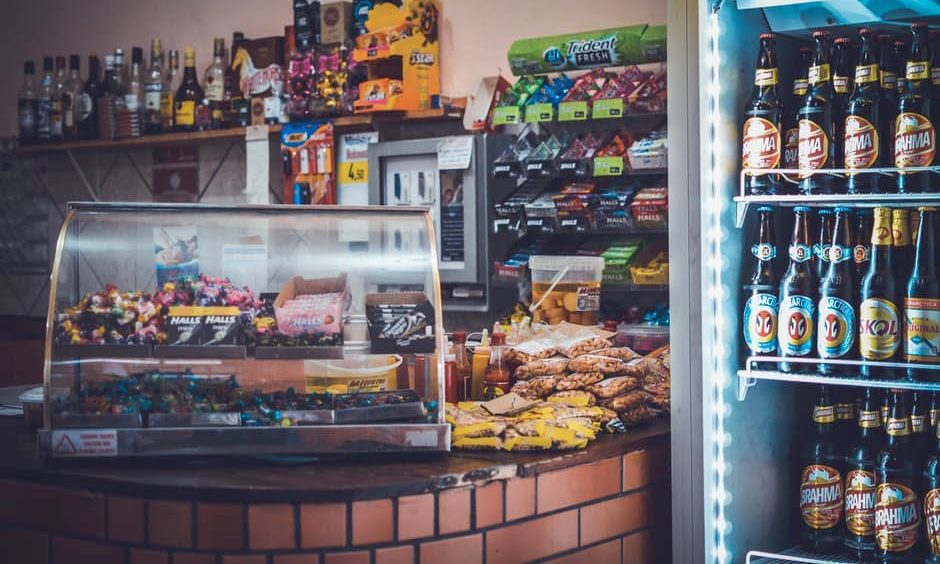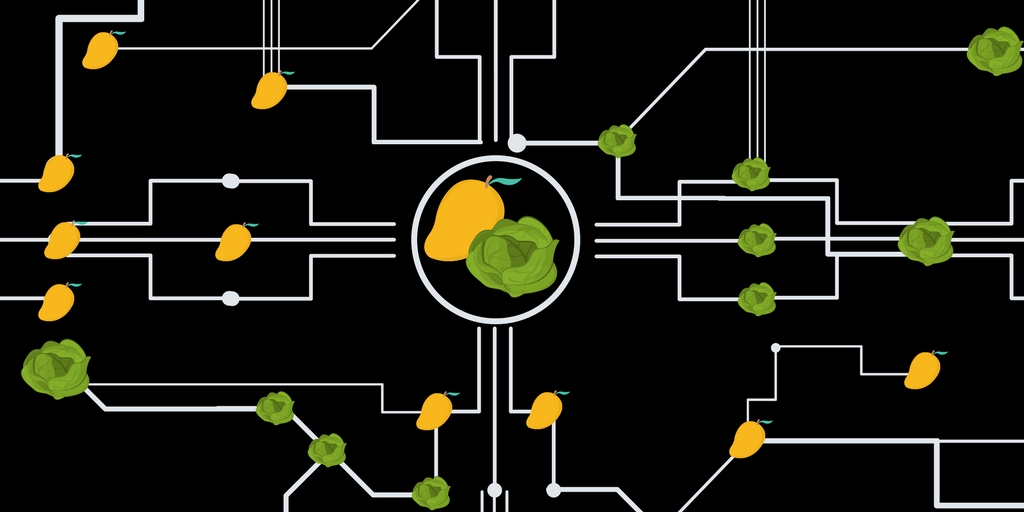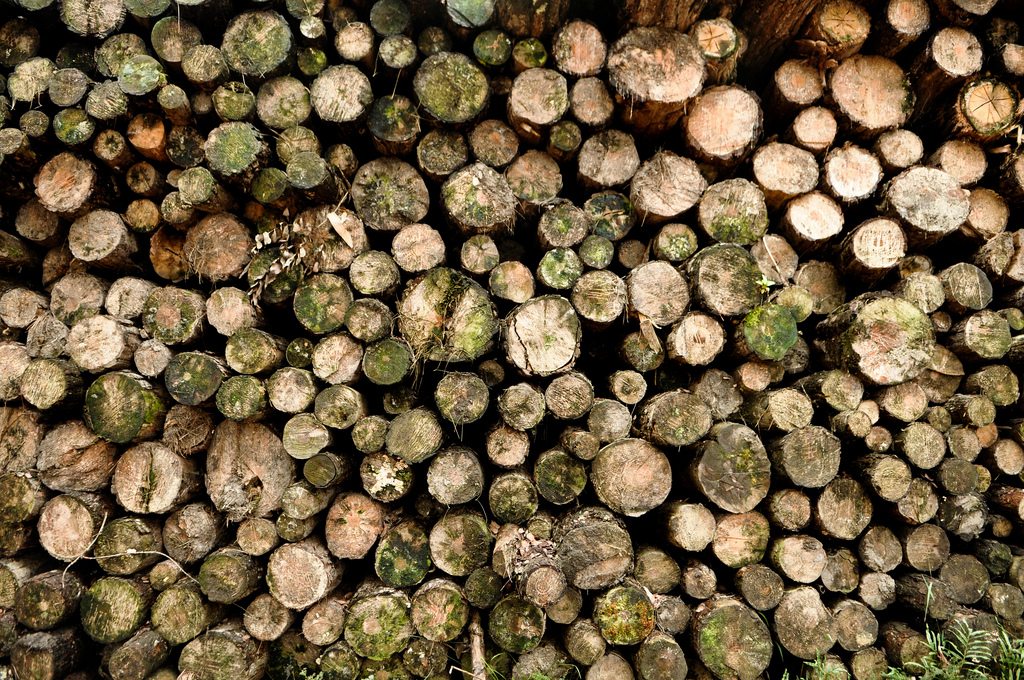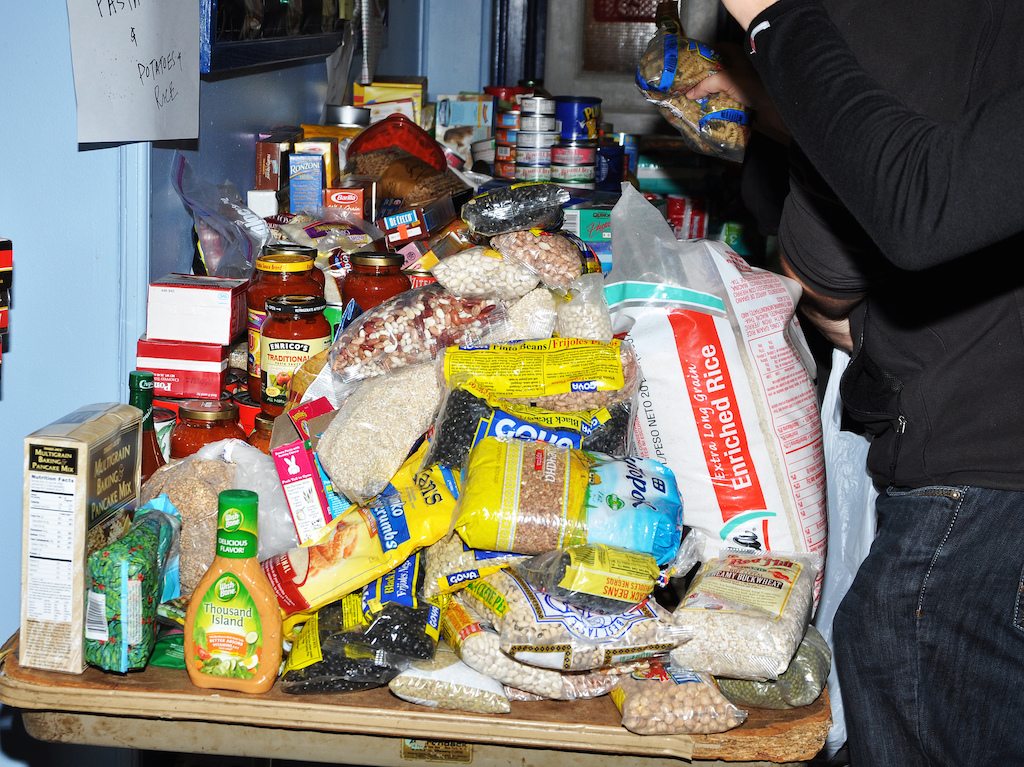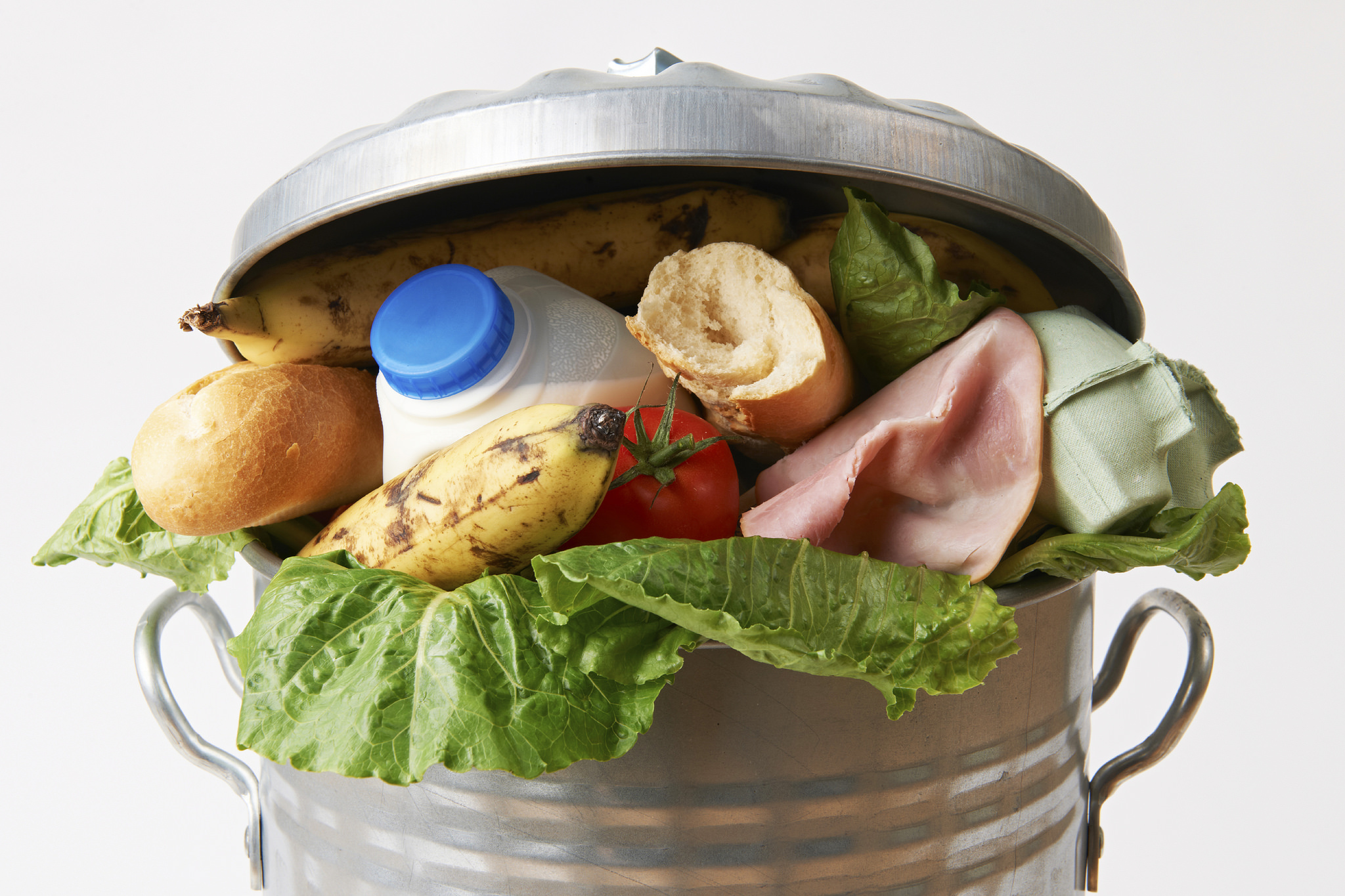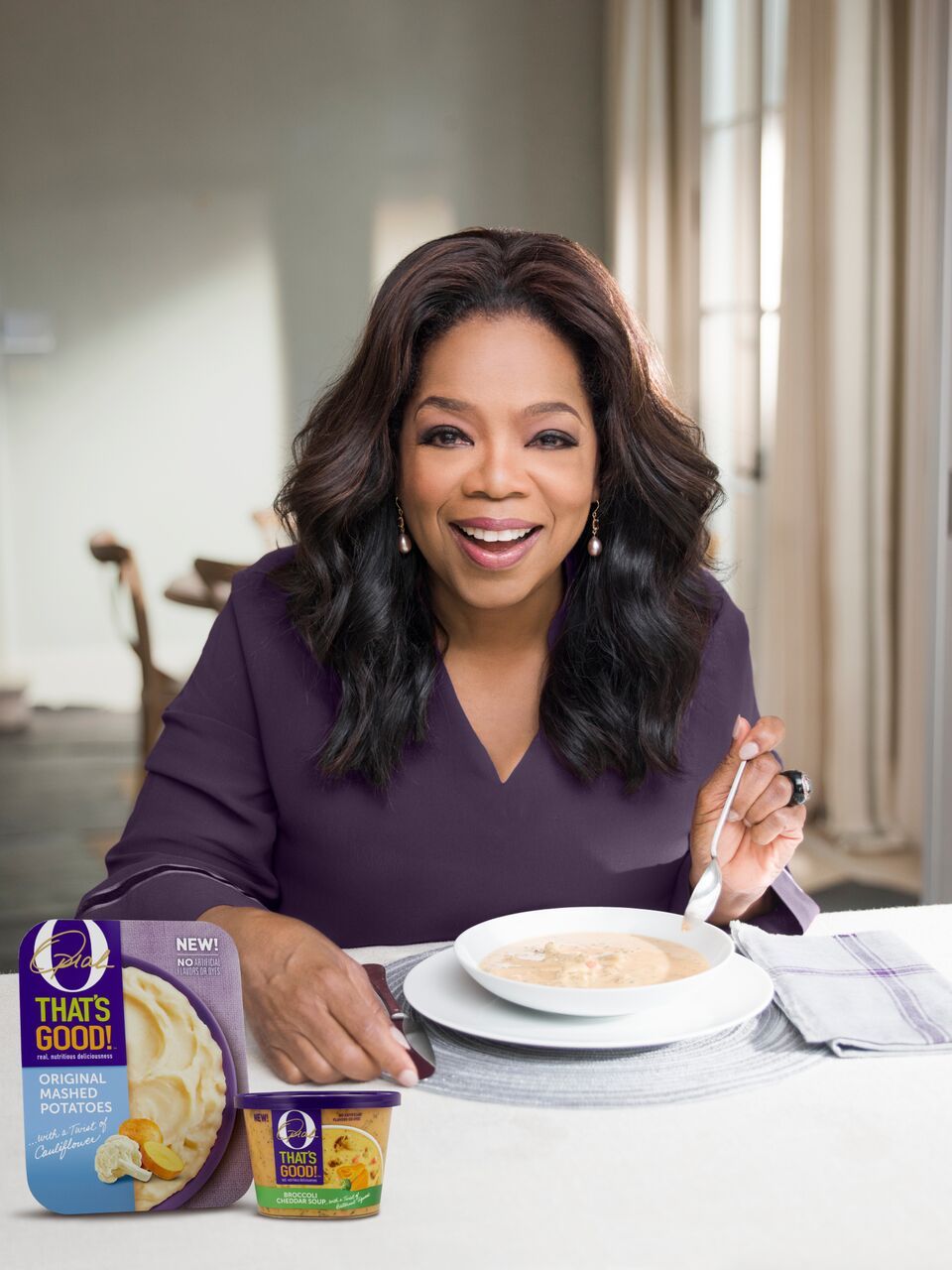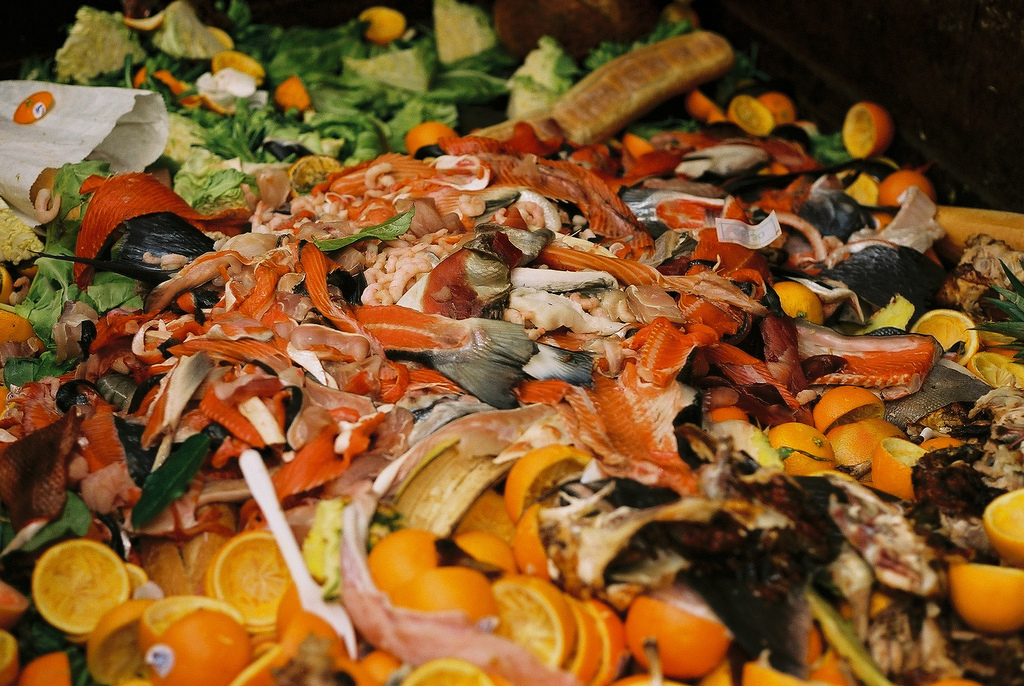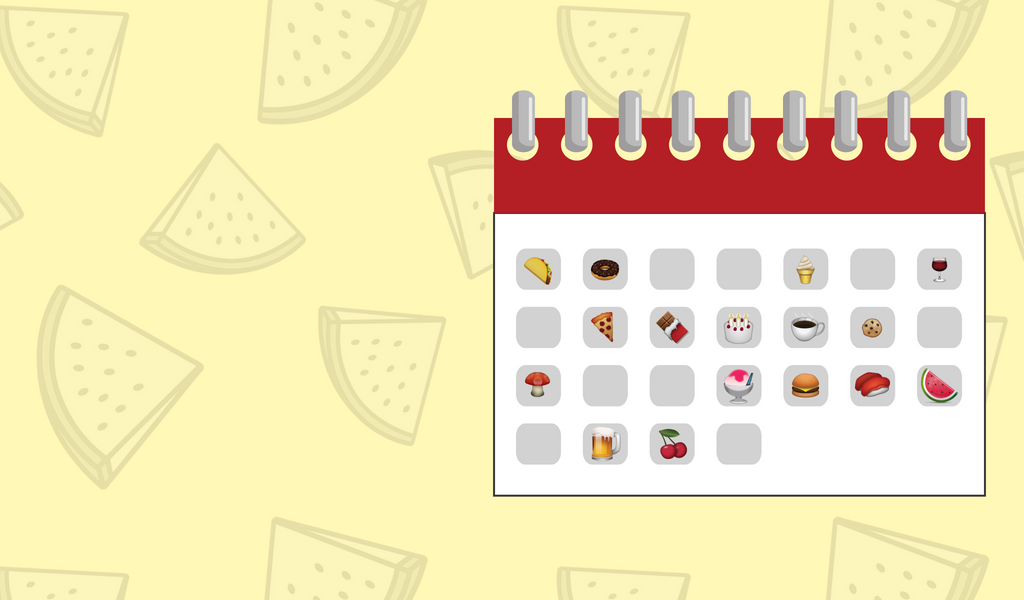
Happy National Raspberry Cream Pie Day! Hope you’ll celebrate with a deliciously tangy slice or two—if, that is, you’ve recovered from National Cotton Candy Day, which was yesterday, National Hamburger Day (July 28), National Tequila Day (July 24), and National Hot Dog Day (July 18). While you’re at it, why not take your pie à la mode? Lo and behold: August is also National Dippin’ Dots Month, and if you needed yet another excuse to satisfy your raging summertime sugar cravings—well, now’s the time. Besides, you might want something extra to tide you over until National Ice Cream Sandwich Day (August 2), which is still many long hours away.
This all sounds so fun and sweet. But delectable deals aside: Since when did we have all these hyper-specific food holidays, and what’s driving our seemingly bottomless appetite for gastronomic red-letter days?
This discrepancy highlights an important point: There really is no definitive list for the “national” days celebrating food, and there’s no easy way to verify them. In fact, many of these food holidays have dubious origins that are all but impossible to track down—not least in part because anyone can come up with one. Hopkins himself is known for arbitrarily making up food holidays, oddities like National Pizza with the Works Except Anchovies Day (November 12) and National Tater Tot Day (February 2). Given these creative liberties, why is his site the one Google uses for its searches? No reason. “I just got lucky,” Hopkins tells me.
 New Food Economy
New Food Economy July 15 is National Ice Cream Day. This year, by July 20, a search for the hashtag #NationalIceCreamDay revealed 273,330 posts on Instagram
“A lady down the street [could have] started it 60 years ago because she liked that kind of food,” Anderson says. “She could have started it, got her neighbors involved with it, and they could have told their friends, and their friends.…”
Not to say all food holidays are apocryphal. National Donut Day is celebrated on the first Friday of June to commemorate the donuts Salvation Army volunteers served to American soldiers in France during World War I. Other food holidays began as political initiatives. Senator Walter Huddleston of Kentucky first introduced the idea of “National Ice Cream Month” in May 1984, an idea that was approved by Congress and ultimately signed into law by President Ronald Reagan. It wouldn’t be Reagan’s last food holiday: He also gave us National Catfish Day in 1987.
These days though, getting a food holiday “officialized” is less a governmental and more a corporate undertaking. For an undisclosed fee, the team behind the National Day Calendar will create a food holiday and make it official by notifying the media, creating a “framed certificate,” and making a page on the official National Day Calendar website. Out of approximately 20,000 annual applications, only around 30 get approved, according to a representative from the site—still enough to add to the overflowing list of food holidays observed on social media each year.
With multiple holidays devoted to the lowly peanut alone, it’s worth asking: Why has the food holiday train gathered so much steam? It’s likely that the rise of social media has inflated the American fascination with food holidays, affecting the way food companies market their products.
Take National Ice Cream Day, for example, which was celebrated on July 15. By July 20, a search for the hashtag #NationalIceCreamDay revealed 273,330 related posts on Instagram. Individuals, as well as companies like Ben & Jerry’s, used Twitter and Facebook extensively to celebrate the occasion. YouTube features 2,860 videos under the search “National Ice Cream Day” for July 2018 alone.
 Emoji Island
Emoji Island International Beer Day was founded in 2007 by Jesse Avshalomov as an “experiment in virality”
“Social media is obviously a huge driving factor,” says Anderson from the National Day Calendar. “A food holiday gets shared, reposted, tweeted—it’s huge.”
Food holidays are considered such effective tools, in part, because the barriers to entry are so low. Companies and industry groups can either take the fast-track route by paying a fee to an online calendar, or go the organic route by spreading the word via hashtag. Some companies do both, and social media users have proven only too eager to help them spread the word. The result is every ad agency’s dream: An earnest and genuine form of promotion, marketing that doesn’t really seem like marketing.
“I think food holidays that seem as if they began organically are the most common, but many probably have a smart brand or company behind them,” says Mary Snauffer, U.S. president of Qnary, a social media management company. “It’s a good idea if executed well. People love sharing things they love—and people love food.”
As Snauffer suggests, the inherent accessibility and enjoyment of food is part of what makes national food holidays such a clever marketing tactic. Food is, after all, a universal delight—something everyone, regardless of location or culture, interacts with on a frequent basis.
“I think a smart brand or food company creates and promotes a national food holiday with very little branding so people can get excited about the food itself, not the brand,” says Snauffer. “People don’t want to share an ad on social media, they want to share something that is part of their identity. Food can be an aspect of a person much easier than a brand can.”
Maybe that’s not such a bad thing. Daliah Gleicher, founder and operator of the popular Instagram account @nycfoodinsta, believes food holidays can offer a win-win situation for both companies and social media users.
“Social media accounts gain traction as a result of the hashtags being more relevant or popular that day, and restaurants get spotlighted,” she says. “Food holidays are definitely beneficial for everyone involved.”
The fact that a food holiday simply reminds people of a certain kind of food can sometimes be enough to boost sales. Stuffed Ice Cream, a dessert store in New York City, had a Buy-One-Get-One (BOGO) deal on July 15—with surprisingly good results.
 Emoji Island
Emoji Island Not all food holidays are apocryphal. National Donut Day is celebrated on the first Friday of June to commemorate the donuts Salvation Army volunteers served to American soldiers in France during World War I
“We decided to do BOGO this year because we wanted everyone to have the incentive of getting ice cream on National Ice Cream Day,” says Jackie Luu, the co-owner of Stuffed Ice Cream. “Sales were definitely better than expected. I think it’s because many people wanted to be out getting ice cream anyway, whether it was BOGO or not.”
The inclusive spirit of food holidays means everyone benefits and gains are enjoyed not only by one specific company, but by many. For the raspberry cream pie lovers among us, that means a whole bunch of sweet deals with a side of food for thought. Enjoy your slice, if you choose to indulge in one.

